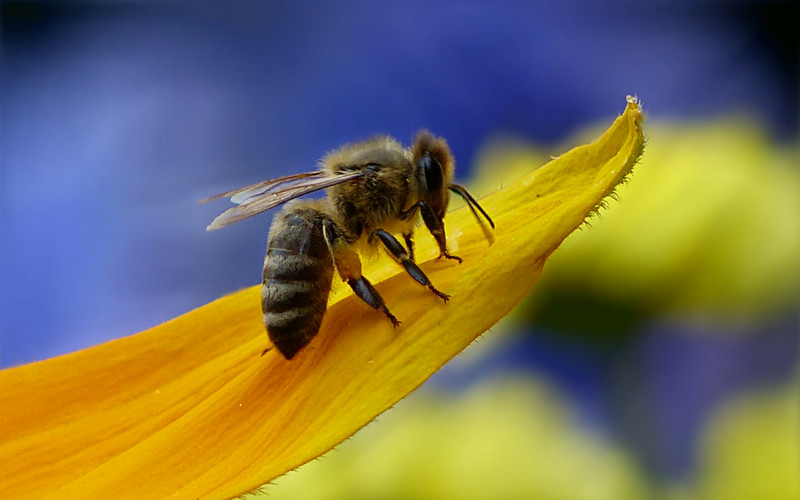If your pet likes to romp around outside and enjoy the summer weather, there is a chance he could have a run-in with a bee, wasp, or hornet. But if he’s never been stung before and you’re not sure how he might react, follow these three important steps.
1. Locate the Stinger
If you know where on your dog he was stung and are able to find the stinger, pulling it out can stop the flow of venom that can happen for several minutes after the sting. To remove the stinger, try to scrape it out with a credit card. Attempting to pull it out with tweezers could push the stinger further into your dog’s skin.
If you can, try to find out what it was that stung your pet. Your dog might react differently to a sting by a yellow jacket, bee, or wasp.
2. Contact Your Vet
You can apply a cold compress to the affected area to reduce swelling.
As a precaution, it’s a good idea to give your vet a call if your dog’s been stung. He or she will most likely instruct you to give your pet Benadryl in case of an allergic reaction. However, it is very important that you give your dog the right dosage, so be sure to contact your vet before administering any medication.
3. Monitor Your Pet
Keep a close eye on your pet after the sting, in case he is exhibiting signs of a medical emergency. Although some minor swelling, redness, and discomfort are normal side effects of a bee sting, very severe symptoms could be life-threatening.
Seek emergency medical care for your dog if you notice:
- Very pale gums
- Vomiting within 5 to 10 minutes after the sting
- Difficulty breathing
- Severe swelling, especially of the throat, tongue or mouth
- Hives






